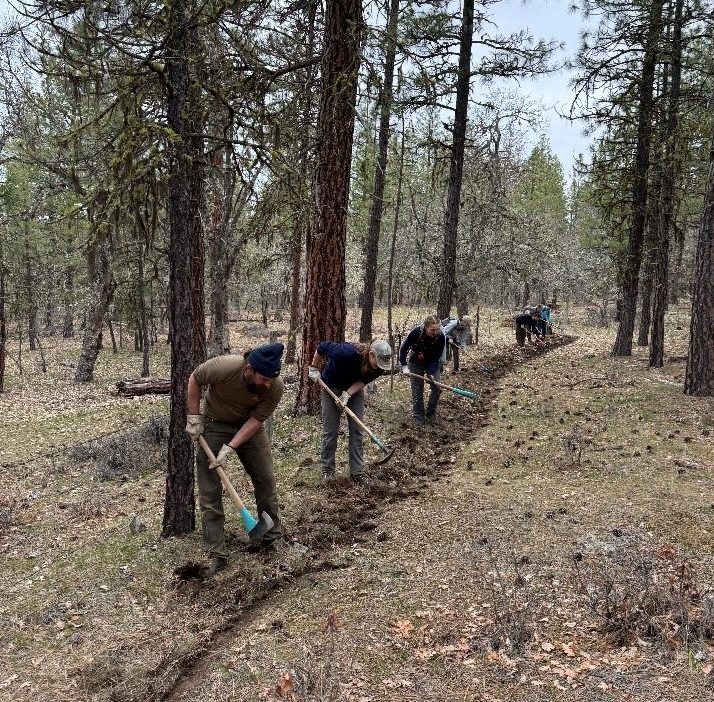Turkey Tag Funding Fuels Wildlife Habitat Improvements in Washington
The National Wild Turkey Federation and the Washington Department of Fish and Wildlife have once again demonstrated the power of collaboration with the successful completion of their latest habitat enhancement project. Funded through the purchase of turkey tags in Washington state, this ongoing partnership showcases the positive impact of dedicated conservation efforts supported by hunters and volunteers alike.
“I love this partnership and the variability of projects we are able to implement each year,” said Krista Modlin, NWTF district biologist in California, Nevada, Oregon and Washington. “This is a great example on how the funds through the purchase of tags goes back into the conservation of the wild turkey in the state.”
To maximize the impact of the funding received from WDFW, the NWTF matches 20% of the funds through the efforts of its volunteers and state chapter activities. This match is met through various initiatives such as mentored hunts, kids camps and hunting seminars, showcasing the indispensable role of volunteers in these conservation efforts.
“Without our dedicated volunteers, we would not be able to succeed at our match requirement every year,” Modlin said.
In the most recent round of funding, the NWTF and WDFW selected a project proposed by the Columbia Land Trust. This project, chosen after a thorough review process, encompassed several key activities aimed at enhancing wildlife habitat.
The project involved the thinning of 16 acres of overstocked forest stands. The work focused on reducing the stem density (or the number of trees in an area) by about 50%, particularly around Oregon White Oaks. These oaks, which were previously overshadowed by competing conifers, now have the chance to thrive and grow into larger and healthier trees.
“Without this thinning, the oaks would most likely continue to be suppressed from sunlight and eventually die off. White Oaks are a very valuable food source for several wildlife species, including the wild turkey,” Modlin said.
Additionally, a total of 10.5 acres were treated to control rush skeleton weed, an invasive species that threatens native plant communities.
The project commenced in the fall of 2023 and reached completion in early June 2024. While the primary funding covered preparation for prescribed burns, the meticulous planning and groundwork laid the foundation for future burns that will significantly benefit the local habitat.
“A burn plan and preparation of 274 acres of prescribed fire units is a very effective habitat enhancement tool,” Modlin said. “The 274 acres was broken out into 13 different sub-units to provide a variety of options to implement prescribed burns.”
The planned controlled burn is set to take place later this year.

Through these ongoing partnerships, the NWTF and WDFW are not only enhancing habitats but also ensuring a sustainable future for wildlife and outdoor enthusiasts in Washington state.
